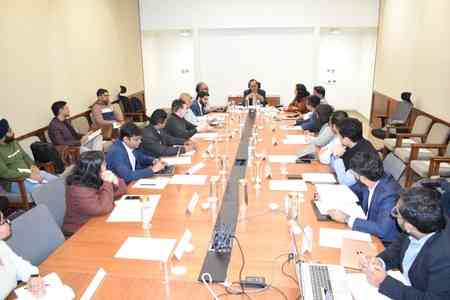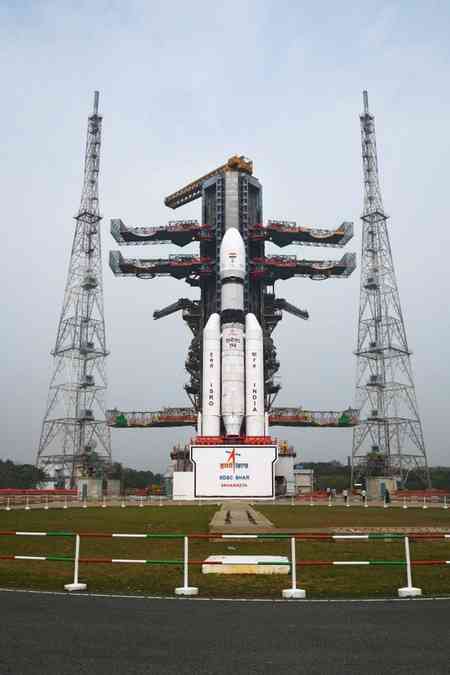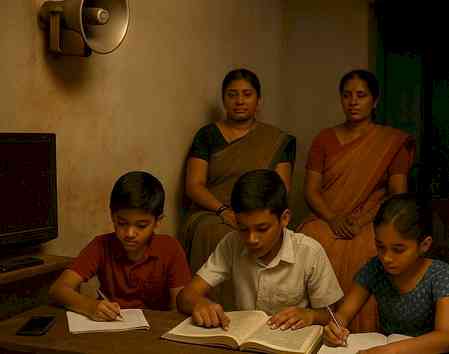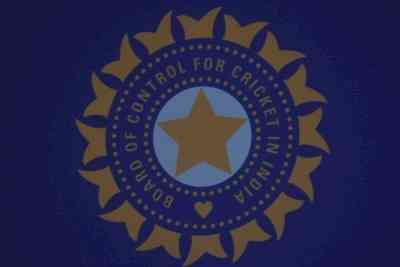How do MPPT Solar Charge Controllers work?
The process of capturing solar energy and using it in the form of electricity has become substantially more efficient than what it was just a few years ago. Significant credit for this efficiency goes to MPPT solar charge controllers.

The process of capturing solar energy and using it in the form of electricity has become substantially more efficient than what it was just a few years ago. Significant credit for this efficiency goes to MPPT solar charge controllers.
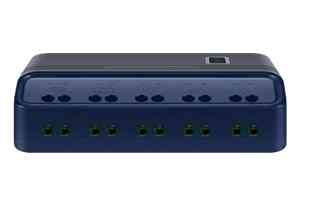
Image Source: Luminous India
In this article, we will explain the basic working of MPPT solar charge controllers. If you are interested in knowing how these solar charge controllers can improve the performance of solar panels, read the article till the end.
What are Solar Charge Controllers?
Before we discuss the MPPT Solar charge controllers, let us first discuss what solar charge controllers are, in general. Once you understand the primary job of a solar charge controller, it will be easier to know how MPPT solar charge controllers work.
A solar charge controller is a device that acts as a solar battery charger between the battery and the solar panels. The key function of a solar charge controller is regulating the charging process of the battery and ensuring that it is not overcharged. Since their job is charge regulation, solar charge controllers are also called solar regulators.
Solar charge controllers or solar regulators are mainly of two types: PWM solar charge controllers and MPPT solar charge controllers. PWM stands for Pulse Width Modulation, and MPPT stands for Maximum Power Point Tracker.
The basic job of these two types of solar regulators is the same. What is different is the places where they are used and their underlying technology. Since this article is about MPPT solar charge controllers, we will focus only on this type.
How do MPPT Solar Charge Controllers Work?
The underlying principle behind the work of MPPT solar regulators is quite simple. Due to clouds, bad weather conditions, and the relative location of the Sun, the amount of sunlight that falls on solar panels can vary. Due to this variation of sunlight, the current and panel voltage also keep varying throughout the day. An MPPT regulator must find an optimal combination of voltage and current to extract the maximum solar energy.
The MPPT algorithm checks the output of a photovoltaic module (PV module) concerning the battery voltage, fixes the PV module power production that is charging the battery, and then converts it to the best voltage so that maximum current can flow into the battery. While the algorithm runs the number, the actual job is done by the physical parts of the MPPT solar charge controller.
An MPPT solar charge controller converts DC to DC, which means that it takes input in the DC form from PV modules, converts it to AC, and then re-converts it back to a different DC voltage level. The conversion and then re-conversion processes are done to match the voltage levels of PV modules to the batteries.
MPPT solar charge controllers are used for off-grid solar power systems, such as solar water pump systems, solar home systems, and stand-alone solar power systems. The key features of an MPPT solar charge controller that makes it so useful are:
• It detects fluctuations in n the current-voltage characteristics
• It pushes a PV module to function at a voltage level closer to the maximum power point so that the system can extract the maximum available solar power.
• It allows solar panel users to use photovoltaic modules with a higher voltage output than the operating voltage of the whole battery system.
• Since it is a DC-to-DC converter, it can be used in several renewable energy sources, such as wind power and small water turbines.
Summing It Up
MPPT solar charge controllers use module power more efficiently by controlling voltage while the battery is charging from solar panels. It can maintain current and voltage at an optimal level to get the most energy out of PV modules. If you are planning to buy an MPPT solar charge controller, try selecting one from reputable brands like Luminous India. This will ensure the highest quality along with longer life. To know more, visit their website.


 City Air News
City Air News 
